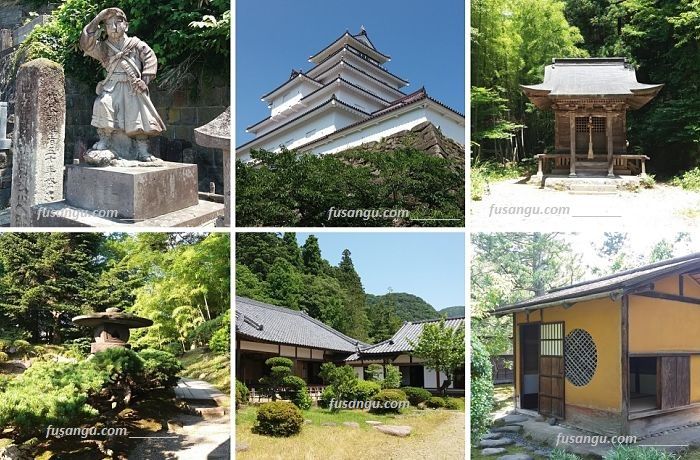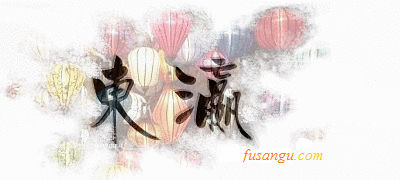
Aizu Wakamatsu is a small-size city located in the Tohoku region. It has a special place in Japan’s modern history as it is a symbol of the heroic final struggle for survival of the samurai class.
Aizu Wakamatsu is mysteriously still relatively unknown to most foreigners who choose to visit Japan. The city is well worth a visit as it offers a fair range of attractions and cultural sites. There are many things to do and places to see in the city and its surroundings. However it is its history that will inevitably fascinate you.
Travelling by fast and local trains you can reach it from Tokyo in a little more than 3 hours. It makes no sense in our opinion to try and visit it on a one-day excursion. You should at least spend a night in Aizu Wakamatsu. This in itself is one of the attractions of the city. Hotels and a few traditional inns are good value for money.
Aizu Wakamatsu can also make for an easy destination to add into the programme of a journey in Tohoku. Those who have little time can easily add combine it to a visit to Nikko.
How to plan a visit to Aizu Wakamatsu
A very convenient bus line links all major sightseeing spots in Aizu Wakamatsu. The buses depart from the main raiway station (Aizu-Wakamatsu JR). It could not be easier to arrange a one-day visit in the city.
Though one day is enough to visit the majority of the city’s cultural and historical places, you will typically another day if you are into history and want a more in-depth experience.
You might also choose to stay longer to have a chance to visit the surroundings. Getting around by public transport is not very convenient and therefore it is better to resort to taxis.
Itinerary
Take a tourist bus in the clockwise direction from Aizu Wakamatsu station There are a number of destinations along the way. These are the main ones:
-
Iimoriyama, a small hill to the east of the centre of Aizu-Wakamatsu. On the hill are the graves of the Byakkotai, the young fighters who committed ritual suicide as the the defeat of the samurai class seemed inevitable;
-
Aizu Bukeyashiki Museum, a large Edo-period residential complex. The house has 38 rooms, many of which beautifully decorated. The site comprises a mill, a tea house and other auxiliary buildings. A number of displays sheds light on how an aristocratic family of samurai lineage would live. Well-organised and taken care of, the site offers a few hands-on activities, a souvenir shop and a restaurant;
-
Oyaku-En Garden, a renowned Muromachi-period strolling garden. At the centre is a large pond, deemed sacred, and a tea house. Flowers bloom all year round and seasonal changes in colour and shape make it a never-ending source of surprise. Besides you can see a medicinal herb garden;
-
Tsuruga Castle, a beautiful military architecture surrounded by a large park and an elaborate defensive moat. Its red roof is unique in Japan. Built nearly 630 years ago, it was destroyed after the Boshin War and became a symbol of the strenuous fight of the samurai class. The current structure is a reconstruction concluded in 1965. Inside its core building is a museum about the history of Aizu-Wakamatsu. The great engineering fear aimed to revive the traditional construction methods.

This programme is ideally an addition to our recommended Japan 10-day itinerary.

